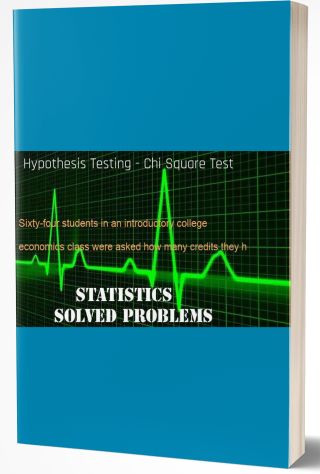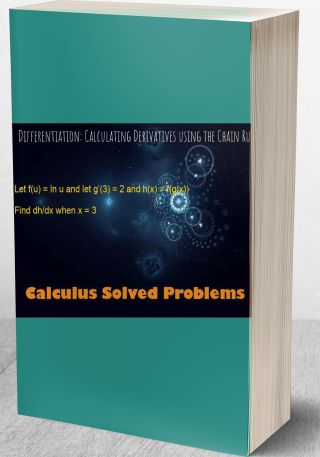Solution) A researcher for the Bureau of Justice Statistics conducting research on firearms deaths in the Unit
Question: A researcher for the Bureau of Justice Statistics conducting research on firearms deaths in the United States believes that several factors explain the variation in death rates by firearms across the 50 American states (the death rates are per 1,000,000 population). Despite the intense debate over gun rights in the United States, she believes that states with stricter gun control rules have lower firearms death rates. However, she also believes that states whose citizens are more liberal and whose elected office holders are more liberal will also have lower firearms death rates. Since liberal states are more likely to have gun control rules, this may negate the effect of rules on death rates. Finally, she believes population size and density of population have some impact on firearms death rates (larger and denser populations generate more anxiety, which generates more firearms deaths). She collects data from the Bureau of Justice Statistics and the National Center for Injury Prevention and Control (CDC). Amazingly, she creates a dataset identical to the Kaur Gun Control Database. Using regression or contingency tables, examine the impact of the number of gun control rules (out of 12), citizen ideology (liberalism), government ideology (elected official liberalism), population, and population density per square mile on firearms death rates. If you run regressions, use the variables with rulers next to them in the dataset. If you run contingency tables, use the variables with stacked bars next to them.
Write a one-page memorandum to the U.S. Attorney General (by name) outlining your findings. The text of the memo may not exceed one page, single-spaced, double-spaced between paragraphs. Tables and graphs do not count in the page count; however, only include sufficient graphic and table information to make your case and no more.
Deliverables: Word Document



![[Solved] The following is the result of a logistic regression analysis based on a sample of 113 acquired UK c #28091 Confidence Intervals](/images/downloads-images/featured/Statistics-question-6923.jpg)
![[Solved] Use Table II of the Appendix to find the proportion of the normal curve that is a. Between a z-scor #28747 Hypothesis Testing - Z test](/images/downloads-images/featured/Statistics-question-25077.jpg)


